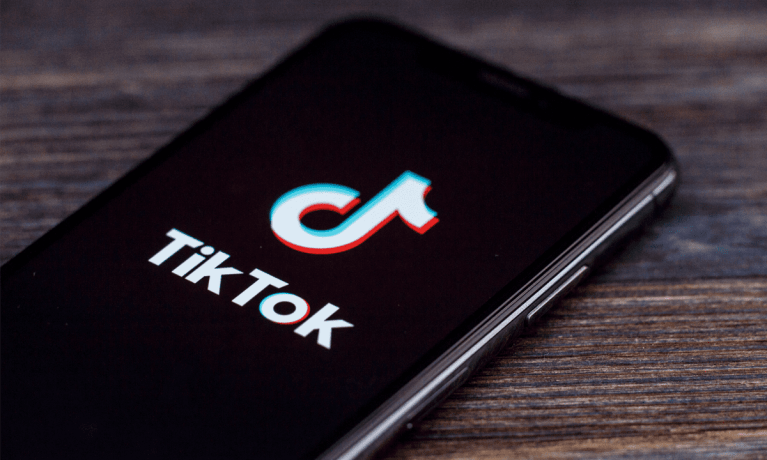
Even as the future of TikTok hangs in the balance, brands continue to leverage the platform’s wide audience of young consumers to drive engagement and sales.
E.l.f. Beauty, for instance, announced Friday (March 29) that its e.l.f. Cosmetics business was the first brand to be showcased in a TikTok Shop Super Brand Day, a four-day feature (despite the name) platforming the brand’s products through the social media app’s marketplace.
“E.l.f. has thrived on TikTok Shop by creatively engaging with our community and building exciting, culturally relevant moments,” Nico Le Bourgeois, head of TikTok Shop U.S. Operations, said in a statement.
Also in March, skincare brand COSRX announced a new TikTok campaign highlighting its products on its official U.S. TikTok Shop. The month prior, beverage giant Coca-Cola announced its first product sold exclusively on TikTok Shop, a drink dubbed Happy Tears Zero Sugar.
TikTok is facing challenges in the U.S., between a possible nationwide ban on the app and its reportedly slowing user growth. Until this point, however, its growth has seemed astronomical.
Additionally, the platform is raising costs for sellers after a period of high discounting to drive engagement.
On Monday (April 1), TikTok posted its “TikTok Shop Referral Fee Updates – 2024,” which shared that it is raising its referral fees (the service fee it charges sellers) from 2% to 6%, with the rate set to rise to 8% in July. This could affect the marketplace’s growth rate going forward, as sellers are put in a position where they may have to charge more for their products.
As of December, TikTok had reportedly generated $10 billion in consumer spending, becoming the first non-game mobile app to do so. Now, as reported at the start of this year, TikTok hopes to expand its U.S. eCommerce business to $17.5 billion this year.
TikTok users tend to be highly engaged with the platform, spending significant amounts of time watching and interacting with content. This high level of engagement can increase the visibility of branded content and help brands connect with their target audience in a more meaningful way. Plus, the app has a thriving community of influencers who have built large and loyal followings. Collaborating with these influencers can help brands reach their target audience more effectively and build credibility and trust with potential customers.
Moreover, TikTok has become a trend-setting platform, with content often going viral and influencing popular culture. Brands that are active on TikTok can capitalize on trends and leverage them to increase brand awareness and engagement.
Indeed, the opportunity here is significant, per data from the PYMNTS Intelligence report “Tracking the Digital Payments Takeover: Monetizing Social Media,” created in collaboration with Amazon Web Services.
The study, which drew from a census-balanced survey of nearly 3,000 U.S. consumers, found that 43% of consumers browse social media to find goods and services. However, only 14% ultimately purchase those goods and services via social media. Among the 39 million consumers browsing products and reviews via TikTok, the findings showed, 17% purchased what they found.
Despite the uncertainties surrounding TikTok’s future, the challenges it faces and the changes to the platform, brands are pressing forward, recognizing the immense potential of tapping into the app’s vast, young shopper base to create new purchasing opportunities.